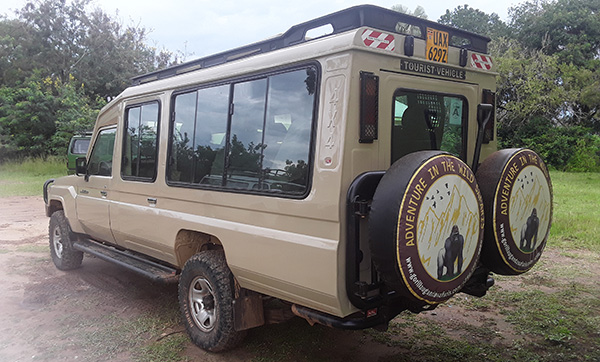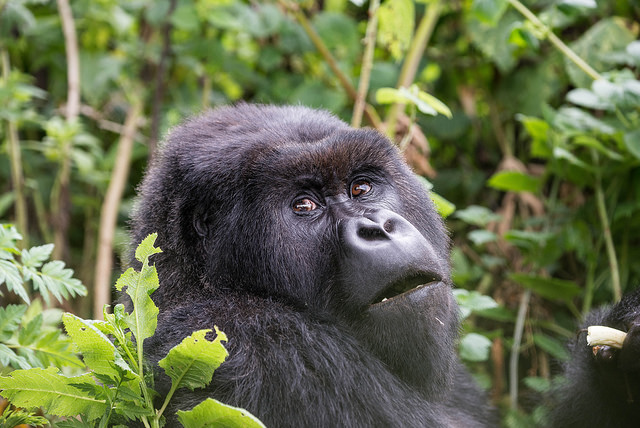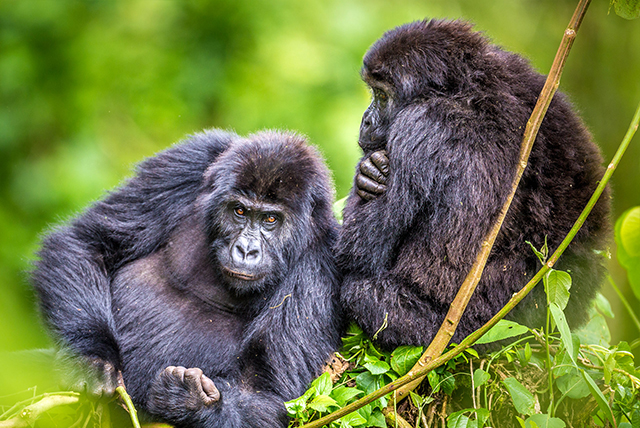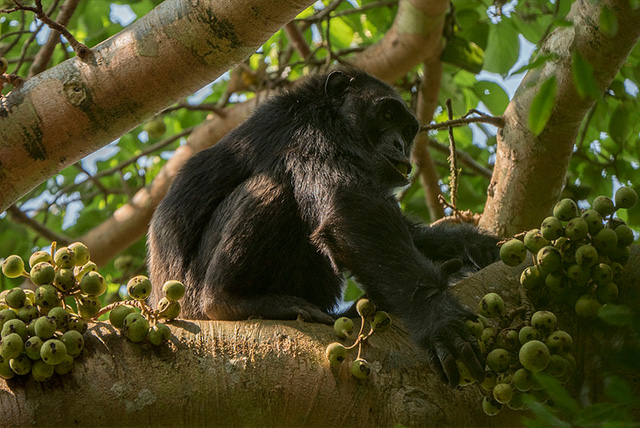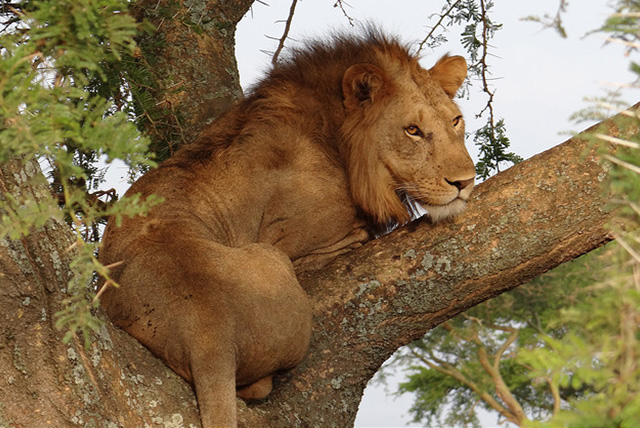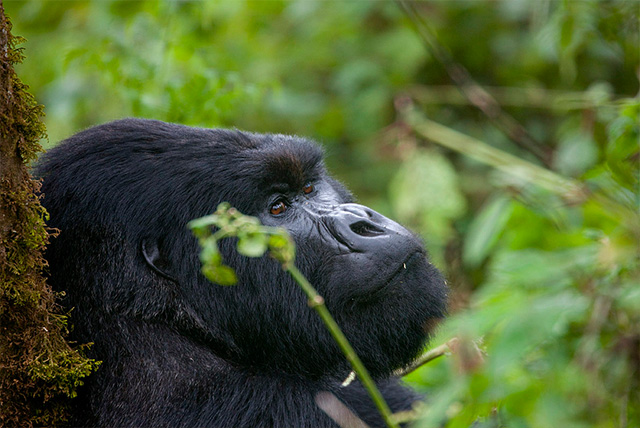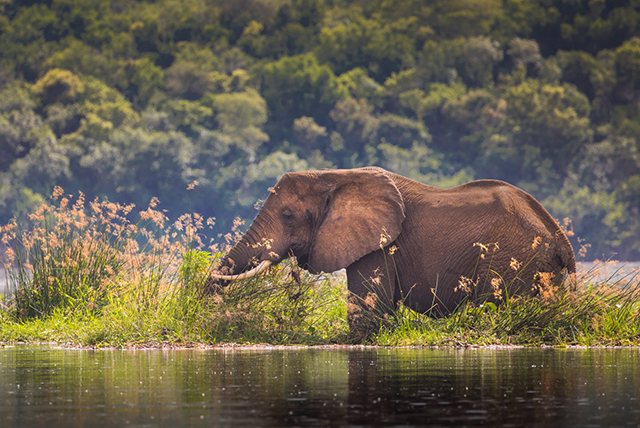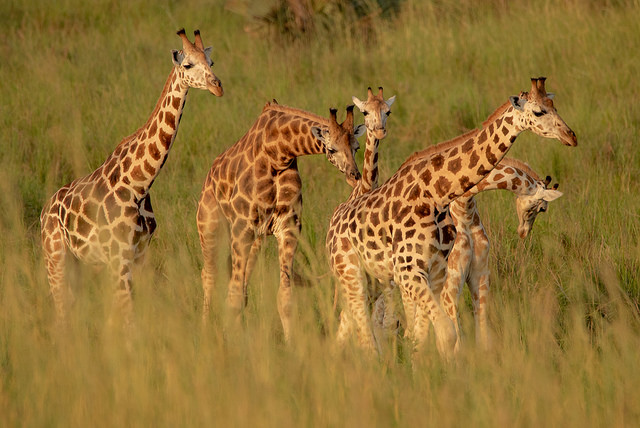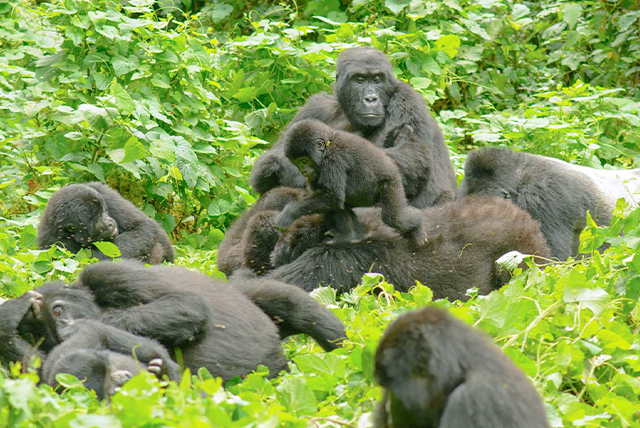Where is Namibia?
Where is Namibia?
Namibia, a land nestled on the southwestern coast of Africa, beckons with its spirit of exploration. It shares its borders with Angola to the north, Zambia to the northeast, Botswana to the east, South Africa to the southeast and south, and the Atlantic Ocean to the west. It varies from dry in the north to sandy shores along the coast and in the east. The landscape is breathtaking, yet the desert, mountains, canyons, and savannas are likely more thrilling to explore than to inhabit.
The permanent rivers include the Kunene (Cunene), the Okavango (Cubango), the Mashi (Kwando), and the Zambezi along the northern border, as well as the Orange to the south. Only parts of the northern frontier are easily traversable. The coastal Namib desert, the perilous reefs and shoals of the coastline (often referred to as the “Skeleton Coast”), the arid landscapes along the Orange River, and the parched Kalahari region to the east illustrate the delayed conquest of Namibia and create a captivating geographic backdrop for the country.
Namibia, with its roughly rectangular shape measuring 600 by 300 to 450 miles (965 by 480 to 725 kilometers), features a long, narrow eastern extension known as the Caprivi Strip. This unique formation arose from a German misconception that access to the Zambezi, despite the presence of the Victoria Falls, would lead to the Indian Ocean.
Following 106 years of German and South African governance, Namibia embraced its independence on March 21, 1990, under a vibrant democratic multiparty constitution. The heart of the nation beats in Windhoek.
Terrain Elevation
Namibia features a captivating landscape that stretches from the rugged coastline of the Namib desert, through the expansive Central Plateau, and into the enchanting Kalahari region. The Namib features a captivating blend of rocky terrain and mesmerizing dunes in its central stretch. With its intricate plant and animal life, this environment is delicate and lightly populated, making it ill-suited for farming or livestock raising. Diamonds, likely carried from the Basotho highlands by the Orange River, and uranium can be discovered at Oranjemund in the south and Arandis in the center. The Namib, stretching 50 to 80 miles wide along much of its expanse, narrows in the north as the Kaokoveld, the western mountain scarp of the Central Plateau, meets the sea.
The Central Plateau, ranging from 3,200 to 6,500 feet (975 to 1,980 metres) in altitude, serves as the heart of Namibia’s agricultural landscape. To the north, it borders the captivating Kunene and Okavango river valleys, while to the south, it meets the intriguing Orange. The landscape features expansive savanna and scrub, with a touch more woodland in the northern regions. It is punctuated by hills, mountains, and ravines, including the impressive Fish River Canyon, alongside notable salt pans like the Etosha Pan. Brandberg, often referred to as Mount Brand (8,442 feet [2,573 metres]), stands as Namibia’s tallest mountain, perched along the western escarpment of the plateau.
Soil and drainage
As mentioned, only the rivers along the border remain constant. The Swakop and Kuiseb rivers originate on the plateau, cascade down the western escarpment, and ultimately vanish in the Namib, except during rare flood years when they flow to the sea at Swakopmund and Walvis Bay, respectively. The Fish (Vis) River begins its journey in the Central Plateau, meandering southward toward the Orange in a seasonal dance. Numerous smaller rivers emerge from the plateau, only to vanish into the vast expanses of the Namib or Kalahari desert downstream.
Namibia’s soils vary dramatically, from desolate stretches of sand and rock to areas of low-quality, sand-dominated terrain, and even to pockets of relatively fertile land. The finest soils can be found in the northern regions, particularly in the Otavi Mountains, as well as in various areas of the central and southern parts of the plateau, and throughout the Caprivi Strip. Water, rather than soil fertility, stands as the main challenge for agriculture. In the bustling Ovambo region to the north and the thriving commercial farming areas, the excessive use of land has diminished tree and bush cover, compacted soils, caused significant erosion, and lowered the water table by as much as 100 feet during the 20th century.

